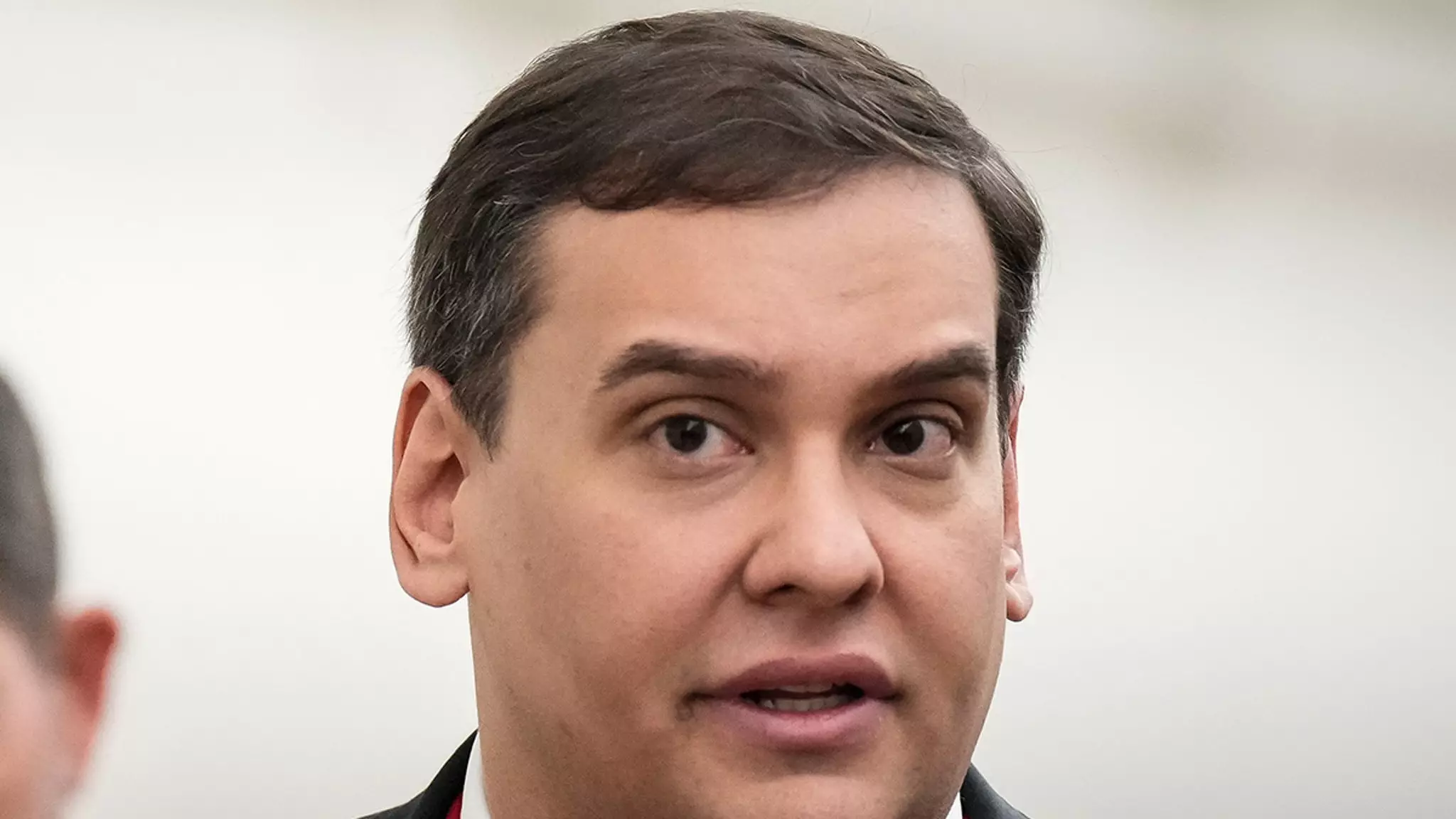George Santos, the once high-profile congressman who captured national attention with his audacious claims and enigmatic persona, now finds himself staring down an ominous prison sentence. Due to report to federal prison on July 25, Santos has issued a warning that reverberates not just with concern for his well-being, but also with an unsettling sense of impending chaos. His prediction of an “international nightmare” should anything adverse befall him in the Bureau of Prisons (BOP) reflects a deep-rooted anxiety that extends beyond personal health; it encapsulates the potential fallout of institutional negligence and regulatory failure.
Fears That Echo Beyond the Walls
Santos’ apprehensions are palpable: fearing for his life in a correctional environment notorious for its violence and unpredictability. His stark acknowledgment of the dangers that inmates face is a sobering reminder of the harsh realities of prison life. “We know in theory the BOP is for the well-being of inmates,” he states, sharply contrasting the theory against the grim realities prisoners often endure. This dichotomy underscores a broader societal issue: how well our penal system protects—or fails to protect—those within its walls.
Moreover, his remarks about the potential for being “brutalized or sexually assaulted” aren’t just cries for help; they raise a larger alarm about the systemic issues within America’s correctional facilities. Bridges between hope and despair often collapse within these walls, leaving many inmates to navigate a brutal landscape where bodily autonomy is frequently disregarded.
The Search for Protective Custody
In light of the potential threats, Santos has made requests for protective custody. This plea serves as a testament to his understanding that the very norms of civil rights can dissipate upon entry into the prison system. His proactive approach—endorsed by his attorneys—is a necessity for inmates who project vulnerability, whether due to their past actions or public personas. Yet one can only wonder if protective custody will afford him the safety he seeks, or if it is just another form of isolation within an already damaging environment.
In a punishing twist of irony, the congressman has also shared that he is not crafting any self-defense strategies. Santos identifies as “nonviolent,” but in a turbulent prison environment drowned in raw power dynamics, this noble stance may prove more precarious than he anticipates. This raises questions not only about self-preservation tactics but also about the ethical landscape of prison interactions, where the line between protection and aggression can blur alarmingly.
Facing the Unknown
As his due date for incarceration draws near, Santos admits that his mental state is frayed—“my head is all over the place,” he confides. This candid self-reflection reveals not just a personal crisis, but a broader commentary on the psychological toll of impending prison time. Family time becomes a fragile sanctuary as he grapples with uncertainty, a feeling that will likely linger as he transitions into his new, harsh reality.
What’s truly compelling is the manner in which Santos attempts to navigate this storm. He’s not merely a victim but a voice that brings attention to the turbulent waves of the American penal system. His warnings underscore an essential discourse that society often overlooks: the humanity of those who, regardless of their past choices, deserve a degree of safety and respect while serving time.
George Santos may soon become just another name on the extensive list of individuals who endure the complexities of incarceration, but his journey exposes the flaws within a system posed to protect yet often fails to deliver. How his story unfolds may resonate far beyond his own experience, shining a light on the pressing need for reform in the penal system as a whole.

